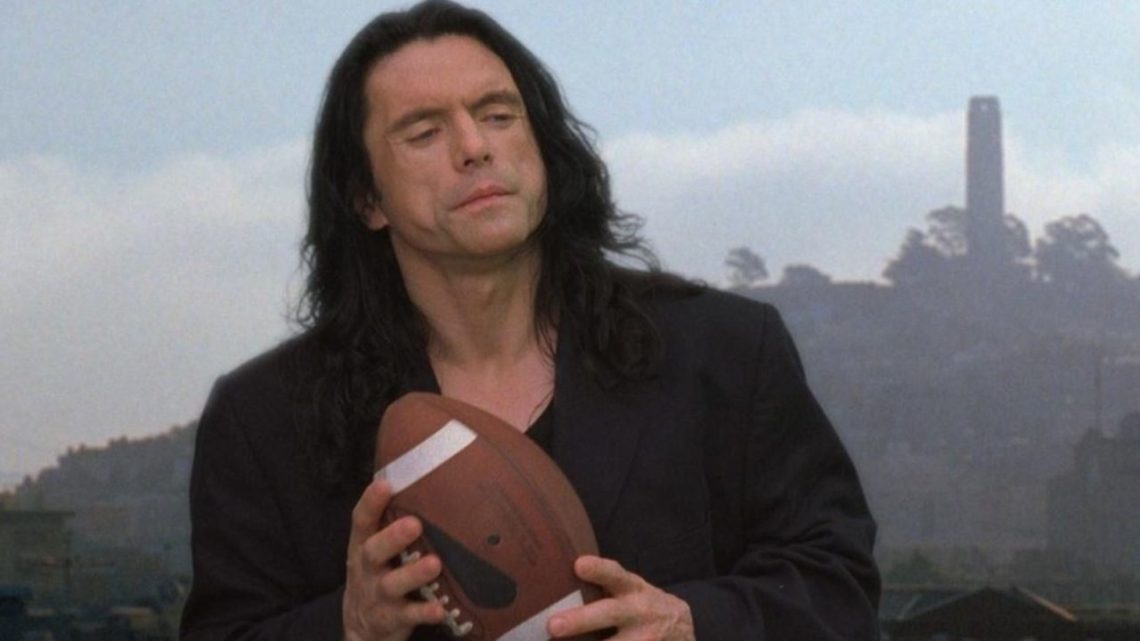In our last feature, we talked about the art of rotoscope animation. In this feature, we’re going to be talking about some of the most notorious behind the scenes foibles in the world of cinema. From filming near radioactive waste, to having the cast and crew mauled by lions. Nobody said the art of filmmaking is easy, but everybody said thinking a little bit is better than not thinking at all.
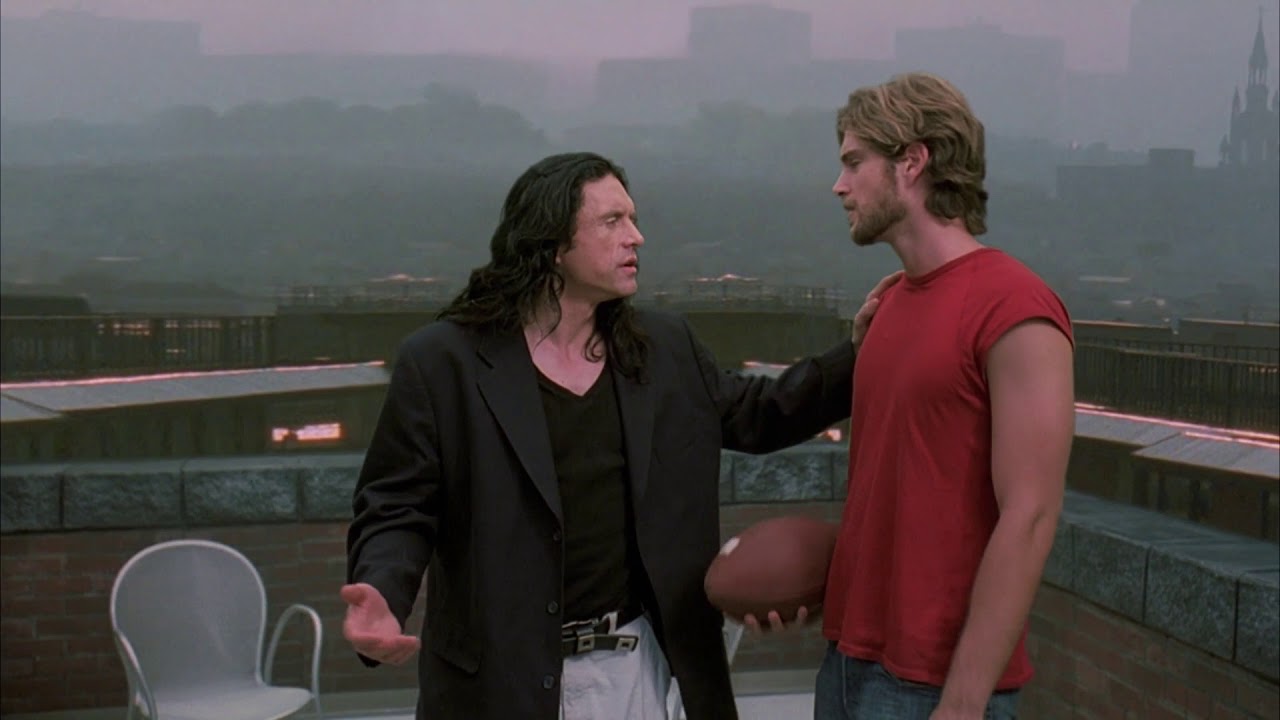
The Room – biting off more than you can chew
The Room is a 2003 romantic drama. It is the pride and joy of enigmatic entrepreneur Tommy Wiseau. The Room is essential if you want to get into “so bad it’s good” culture. While not the first of its kind, it is the one that helped popularize the idea that a movie can be so inept that it becomes entertaining. With skinwalker style acting, jumbled up plot, and ridiculous pacing, The Room delivered a surreal experience that few movies have managed to create. You don’t have a disaster of such magnitude by pure accident. At least that’s what lead actor, director, producer, and writer Tommy Wiseau would like you to believe.
Actor and model Greg Sestero is Tommy Wiseau’s closest confidant and co-star in The Room. In his book The Disaster Artist, Sestero described all the events that led to the creation of The Room. He also described his relationship with Wiseau. Tommy Wiseau, while genuinely interested in the medium, had no training. And no breaks. And no filter. His lack of self-control and tenuous grasp of the English language segmented the story into the realm that is convoluted mess. If the mood was right, then the script would be rewritten.
Sets would be stripped only to be rebuilt later. Cast and crew would be replaced every other day, mainly due to conflicts with Wiseau, thus any semblance of chemistry was thrown out the window. Props and wardrobe would get the bare minimum because Wiseau didn’t understand the importance of consistency. Those who have spoken about their experience on The Room have said Wiseau treated the production like his personal fiefdom. If he felt slighted or challenged, Tommy Wiseau’s immediate response was bully-boy tactics. It was believed the movie would never see the light of day, so everybody just half-heartedly went along.
Wiseau’s incompetence also extended to the movie’s budget. Here is an example. Few people know that The Room was shot simultaneously in HD and standard 35mm. This was done using a custom rig. Why? Because Tommy Wiseau couldn’t tell the difference between HD and 35mm. Since HD and 35mm operate best under different conditions, he needed to hire two different crews. He also purchased the cameras instead of leasing them.
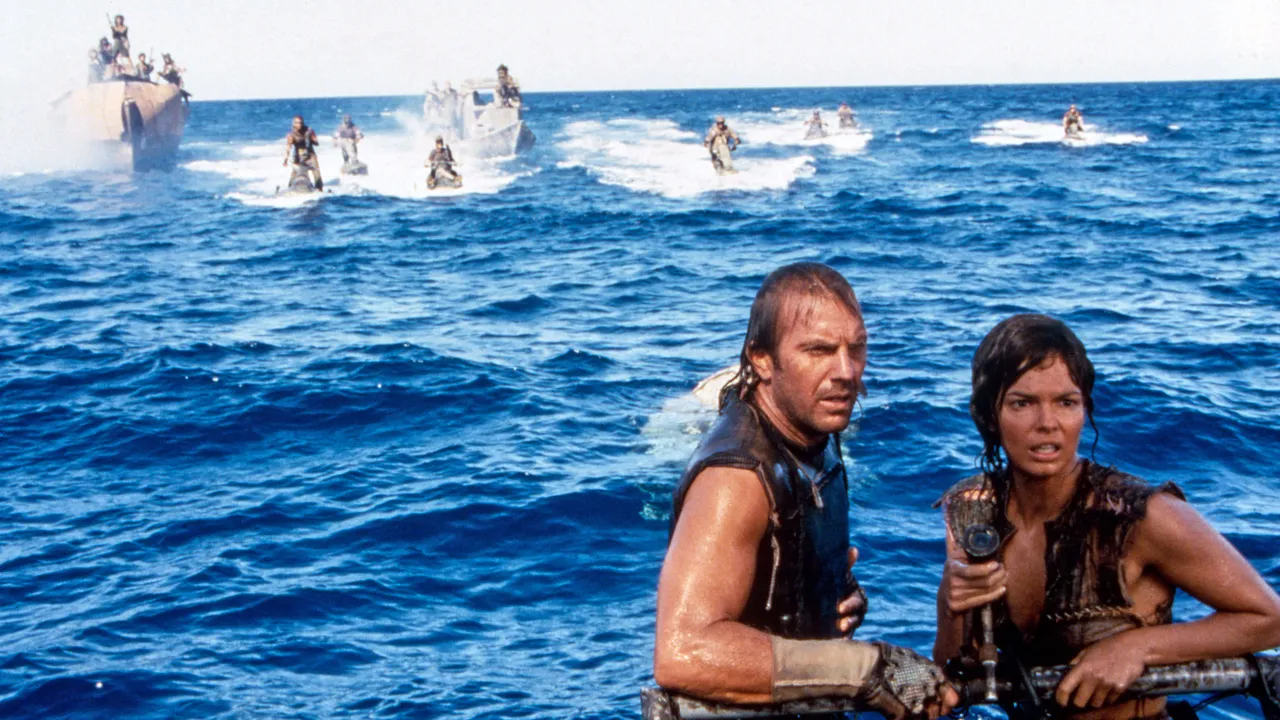
Waterworld – aquatic nightmare
Waterworld is a 1995 post-apocalyptic adventure film starring Kevin Costner and directed by Kevin Reynolds. The two Kevins had previously worked together on Fandango and Robin Hood: Prince of Thieves. Many people cite Waterworld as the straw that broke their tenuous friendship.
At the time, Waterworld was the most expensive movie ever made and the people behind it were hoping it’d be the next best thing. It had anti-hero themes, religious, and social commentary amidst spectacular effects. An array of attractions and merchandise were prepared. All set in a watery apocalypse. The crew had passion. Or they were hoping the gimmick and Costner’s star power would be enough to fill seats. Steven Spielberg, who had also worked on a blockbuster movie set in the sea called Jaws, had this piece of advice to give to the production:
Don’t film in open water.
Shooting a Hollywood blockbuster in regular conditions can be very time consuming and expensive as is. Shooting a Hollywood blockbuster in the water, miles away from civilization, is even more so. Waterworld was plagued with issues. The cast and crew would regularly get seasick. The ships offered scant few shooting angles. Unpredictable weather dragged out production. Costner nearly drowned. The Hawaiian businesses that production commissioned overcharged. And amidst all of this were heated squabbles between Costner and Reynolds, resulting in the latter walking out of production. A lot of footage had to be trimmed to make it better suited for a theatrical release. A lot of money, effort, and personal drama, for a movie that was ultimately just okay.

Roar – big cats, big injuries
Roar is a 1981 adventure film written and directed by Noel Marshall. The film took 11 years to finish. Why? Because production required the use of wild animals from Africa, mainly big cats.
The movie was conceived by husband and wife team Noel Marshall and Tippi Hedren. After witnessing a pride of lions overtake a plantation house in the Gorongosa National Park due to rampant poaching, the duo decided to make a movie drawing attention to the poaching crisis. Because it was impossible to film with wild lions in Africa, the duo decided to adopt wild cats and have the film be made in the United States. Given the nature of the project, multiple key roles were given to family members.
They didn’t have permission from the authorities to keep these large animals, so the duo had to experiment. And to experiment you need money. They built a house in Soledad Canyon in order to mimic the look of East Africa. Other costs included a makeshift studio, barn, and a freezer large enough to store the tons of meat necessary to feed the felines. The family had to sell their four other houses to cover production and Marshall’s business went bankrupt. As time went on, the duo adopted more than just lions, draining their funds even further. Knowing that the authorities would be less than pleased with them, the duo hired non-union workers in the hopes of keeping production below the radar.
Wild animals are unpredictable, so trying to create a cohesive narrative around them is bound to take a while. Sometimes the animals were receptive. Sometimes they’d just be enjoying the day, wandering around and eating. And some days, they got curious and decided to “play” with the cast and crew. Over 100 people were injured during production. Noel Marshall’s hand was mauled, only narrowly avoiding amputation. Tippi Hedren had her ankle fractured by an elephant. Cinematographer Jan de Bont was scalped. The amount of near death experiences people endured during production is outright absurd. The lesson here is this — they are called wild animals for a reason.
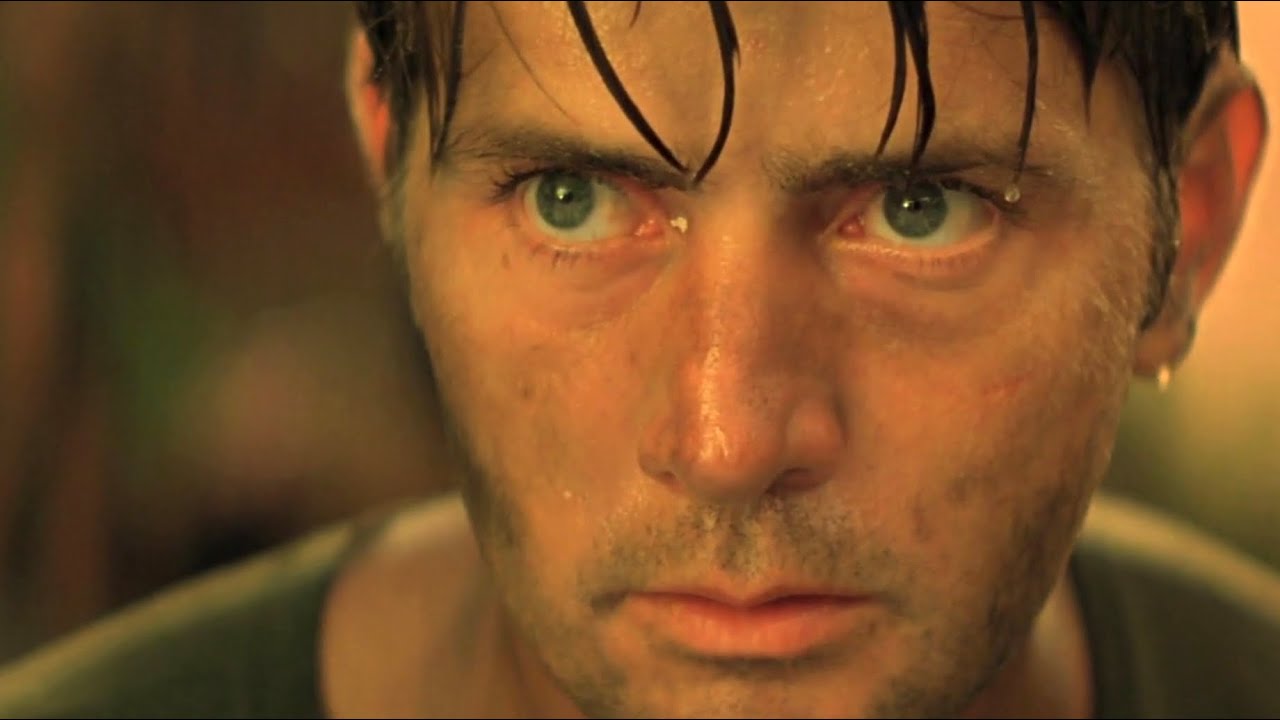
Apocalypse Now – too much and too little passion
Apocalypse Now is a 1979 epic war film directed by Francis Ford Coppola, with Marlon Brando and Martin Sheen as the main cast. It is based on the novel Heart of Darkness by Joseph Conrad. It has been cited as one of the greatest movies ever made. Considering everything that happened behind the scenes, it’s a miracle it got released.
Francis Ford Coppola was so passionate about the project he invested his own money into it, going as far as mortgaging his house and winery. The six week filming schedule extended to 16 months. Martin Sheen’s drunk breakdown was a real breakdown, including the blood pouring out of his hand. He also suffered a heart attack during filming. It took Francis Ford Coppola three years to edit the footage, never seeing a finished frame until he returned to the United States. Why? There were no labs on the site.
By far the most problematic part, or the part most commonly looked back on, is Marlon Brando’s lackadaisical approach. Brando arrived on set drunk and overweight, a far cry from the stoic army-man vibe Coppola had intended. Brando revealed he hadn’t read the source material to prepare for the character. Nor had he read the script. When he did read the script, he didn’t like it and clashed with Coppola. After reading the novel to him and having burned his last nerves, Coppola allowed Brando to ad-lib.
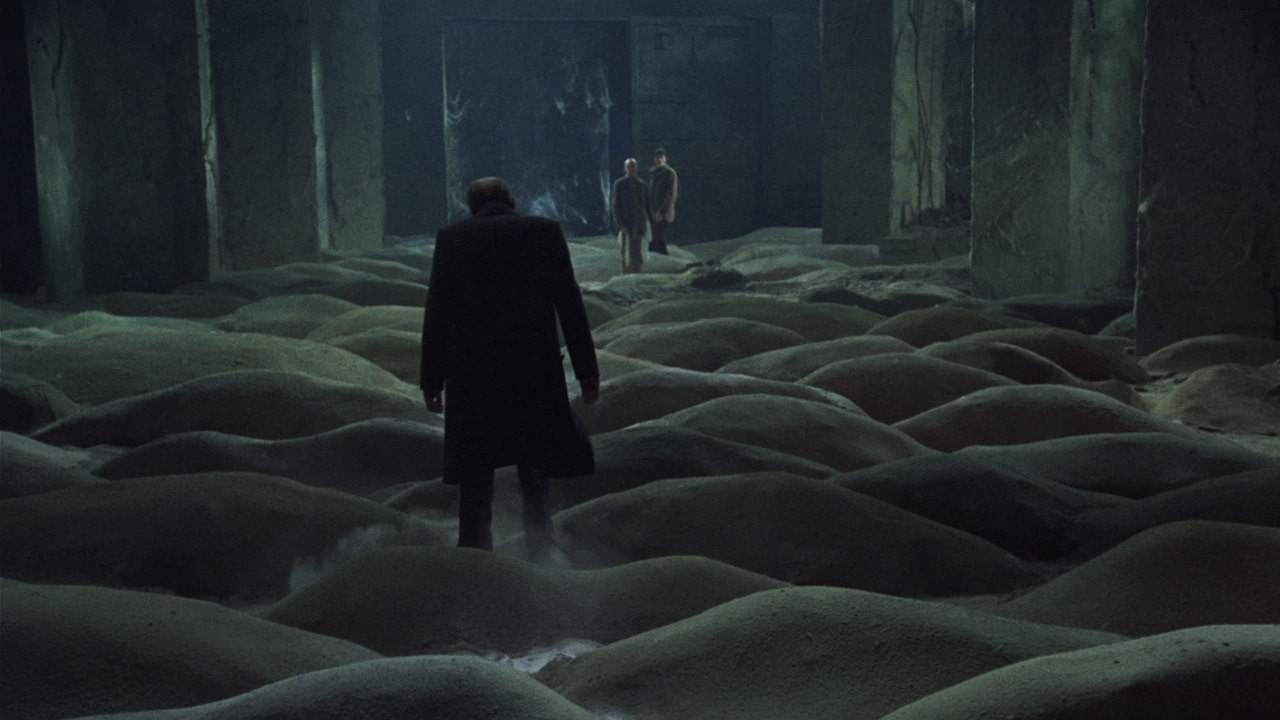
Stalker – unusable footage and toxic waste
Stalker is a 1979 philosophical sci-fi movie directed by Andrei Tarkovsky, based on the novel Roadside Picnic. Unlike the majority of the movies on this list, Stalker’s behind the scenes problems did not stem from unchecked egos.
The movie had to be shot again because the original footage was deemed unusable. Tarkovsky attributed it to sabotage by a rival of his while other people wrote it off as simply the result of sloppiness. The movie was done using a new Kodak camera that Russian labs at the time did not know how to process properly. This irritated cinematographer Georgi Rerberg to such an extent that he left production, with Tarkovsky replacing him with Aleksandr Knyazhinskiy. Others claim Rerberg and Tarkovsky parted ways due to disagreements with the script.
The worst part is the locations production chose. While fitting the themes of the movie, the locations were dangerously close to toxic waste. Staff members suffered from allergic reactions. Tarkovsky’s cancer was later attributed to exposure to this toxic material.
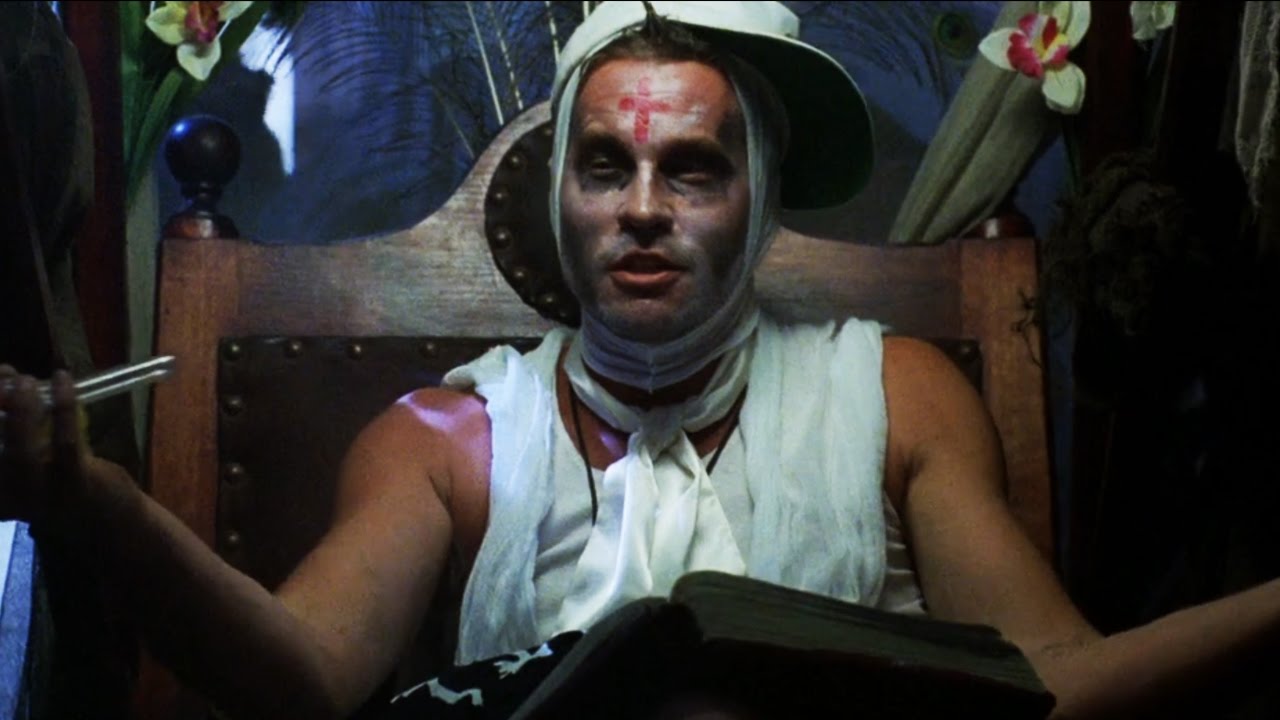
The Island of Dr. Moreau – egos out of control
The Island of Dr. Moreau is a 1996 horror sci-fi film based on the novel of the same name by H. G. Wells. The movie was deemed a critical and commercial failure, having released in a year saturated with blockbusters of different genres, and failing to capture the social themes of the novel. Like Apocalypse Now, a huge part of the film’s problems can be attributed to Marlon Brando.
The behind the scenes of the film were just as chaotic as the premise. Richard Stanley was the original director, having labored four years to make this project a reality. He was replaced by John Frankenheimer days after production began. In retaliation, Stanley destroyed every production document associated with the film. Frankenheimer only accepted the job because he wanted to add “worked with Marlon Brando” on his resume. He also used the studio’s desperation to fund his own projects. The script was rewritten as production went on, with many describing Frankenheimer’s approach to the film as cold and detached. The actors knew the script was a mess, but already anxious, decided to comply.
Frankenheimer was not the only disruptive force on set. Val Kilmer and Marlon Brando were both dealing with personal turmoil. Kilmer was in the process of being divorced, while Brando was recovering from his daughter’s suicide. This turmoil drew out their uglier sides. Both men clashed frequently. Both men tried to take creative control from Frankenheimer. Both drew the ire of cast and crew. Similarly to his time on Apocalypse Now, Brando refused to remember his lines, instead having them fed through an earpiece. The atmosphere had become so caustic, when Val Kilmer finished his last scene, Frankenheimer had him escorted off set and warned to never associate with him again.

The Conqueror – filming amidst radioactive emissions
The Conqueror is a 1956 epic adventure film starring John Wayne as Temujin (Genghis Khan). It is a movie that the majority of the production regretted working on. Partly because it was a critical and commercial failure, and partly because it is the movie cited to have killed John Wayne.
Filming took place in Utah, near an active nuclear test site. While the Atomic Energy Commission assured people that everything was safe, on site tests revealed the atmosphere was saturated with nuclear fallout. To make matters worse, tons of radioactive soil had to be transported back to Hollywood in order to finish production. As a result of this, 91 out of the 220 cast and crew members were later diagnosed with cancer, including director Dick Powell and John Wayne. The sad news is that little piece of trivia we just shared with you is the most memorable thing about the movie.
What other movie productions do you think deserve to be on our list? Let us know in the comments and on our social media!

